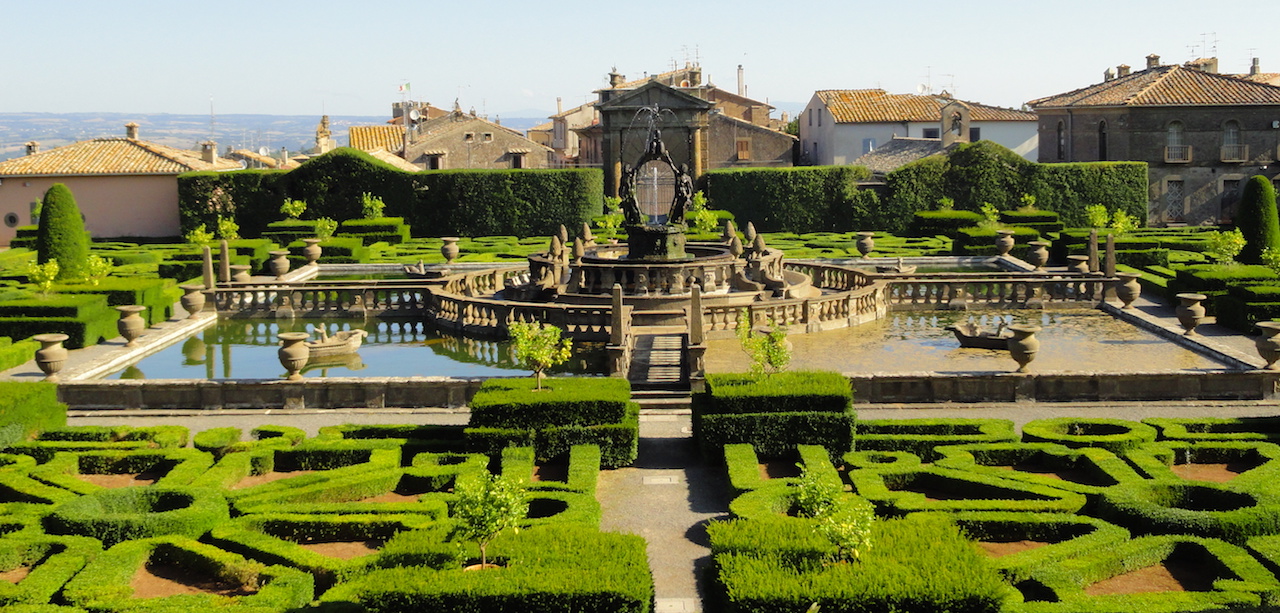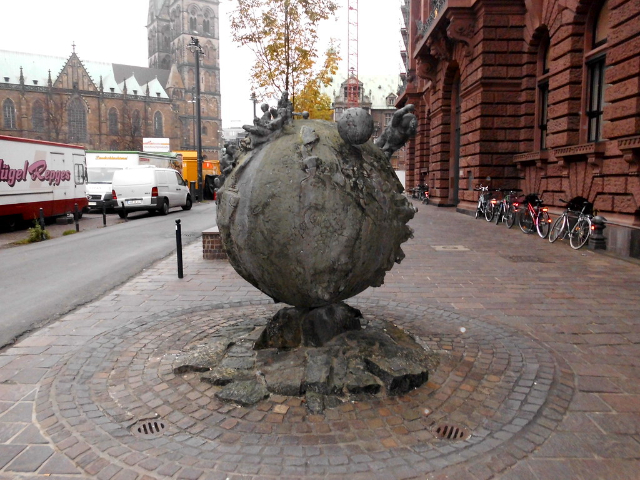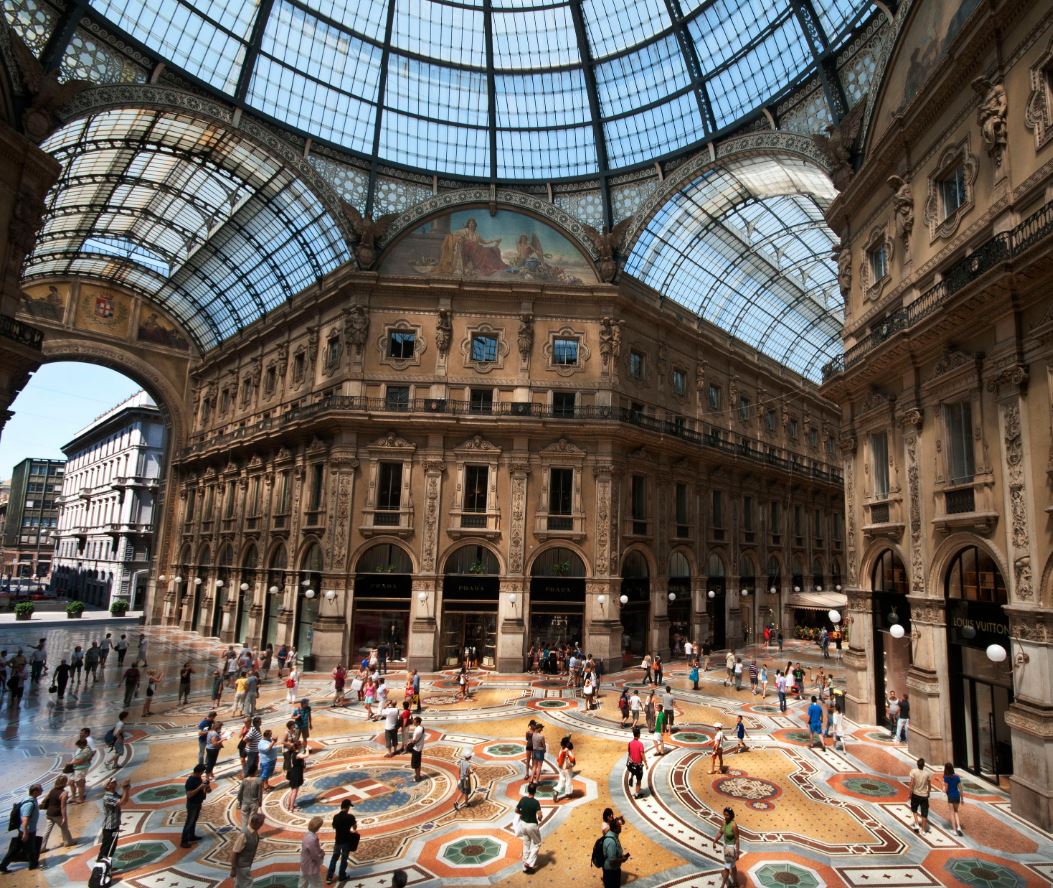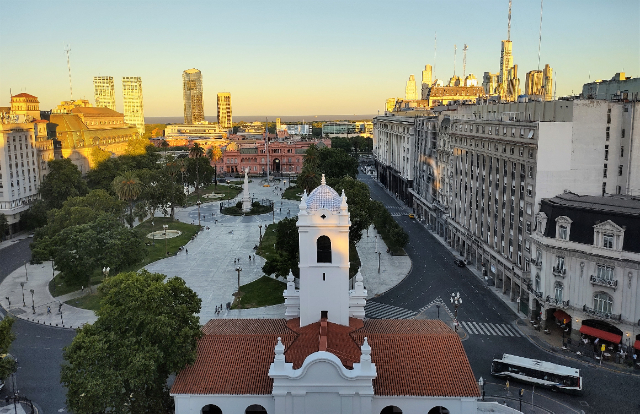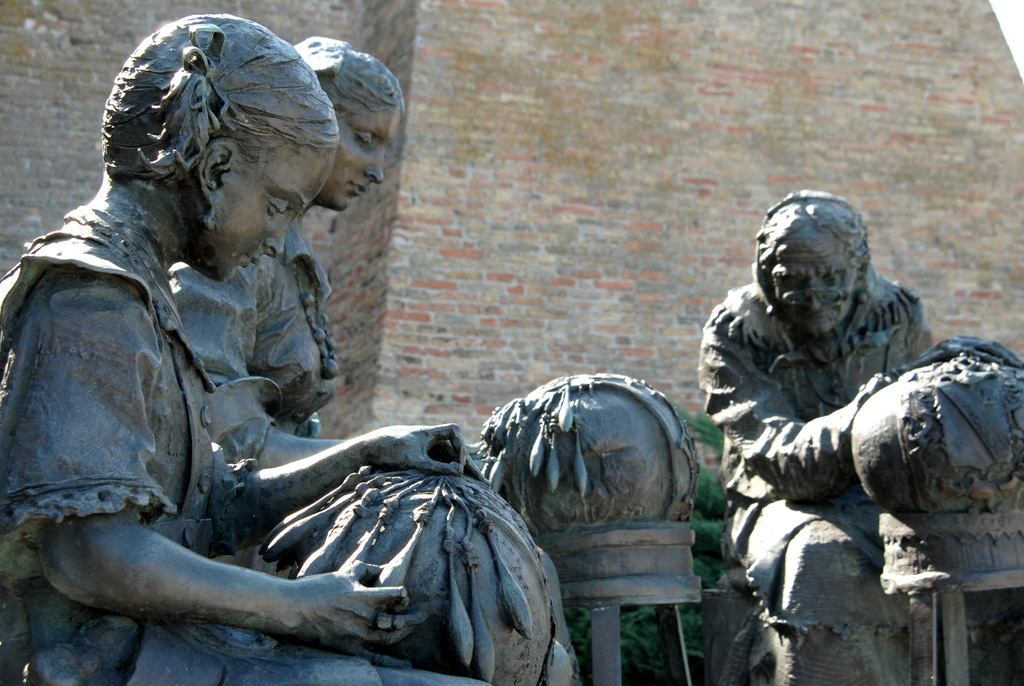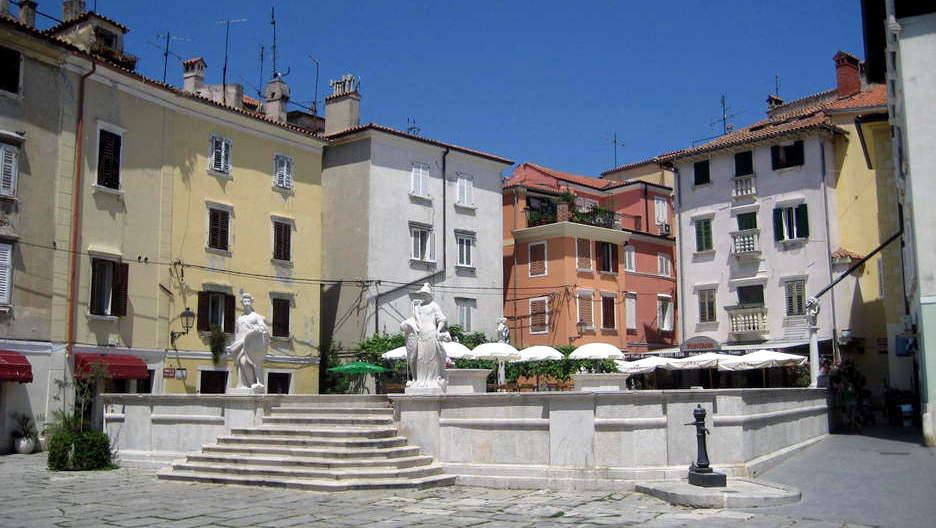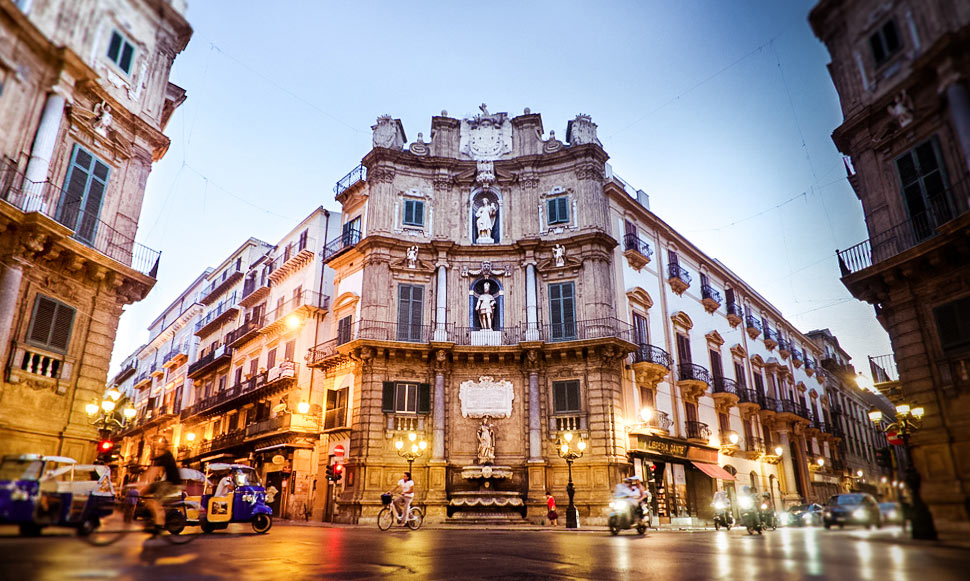The residential area of Villa Lante, one of the most beautiful Renaissance gardens of the 16th century in Tuscia, is known as Quadrato; here – where the cardinals and their followers lived at the time – they wanted to create a suggestive water path of fountains connecting the top of the hill of Villa Lante to the parterre. The water then began to flow in the highest part of the Villa from the Diluvio Fountain to the valley, in the Fontana dei Mori. From here it will then take off towards all the other fountains scattered in the vast park of the Villa and outside the residential area that at the time of construction served as a wood for hunting for the enjoyment of the noble inhabitants.
The Fountain of the Moors is therefore the main fountain of the residence and certainly one of the most suggestive, the fulcrum of the architecture of the Villa symmetrically perfect in all its forms.
In the center stand the four athletes (called Moors for the burnished color that has taken on the peperino with the passage of time) who support in a common effort the coat of arms of the Peretti-Montalto. The Moors are at the centre of a circular structure that serves as a bridge for a walk inside the fountain, then divided into four further symmetrical pools that contribute to creating a sense of geometric harmony.
In ancient times the focal point of the fountain was not the sculptures of the four boys’ helpers but a pyramid, symbolizing the Catholic Church; this is why in each of the four lateral basins there is still today a ship with an arquebusier that strikes the central composition with a jet of water; in this way it was intended to represent the attacks that the Church was undergoing during the years of the construction of Villa Lante: on the one hand the Muslim infidels who threatened the religious status quo while on the other the Protestant Reformation that was so successful in Central Europe. Cardinal Alessandro Damasceni Peretti later wanted to replace the pyramidal sculpture with something that could celebrate his family.
The visitor further perceives the geometric perfection of the artistic complex also thanks to the context in which it is immersed: to reach the fountain you have to pass through an intricate labyrinth made of carefully maintained boxwood hedges.
In this way, a fabulous Italian garden is created, which once again is not only pleasing to the eye but also full of symbolism: seen from above, it appears as an arboreal remake of the so-called Graticola di San Lorenzo, a martyr venerated by the Church for having been condemned to burn to death on the grill under Emperor Valerian.
